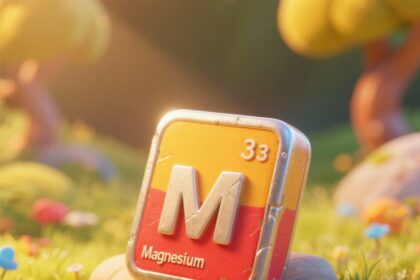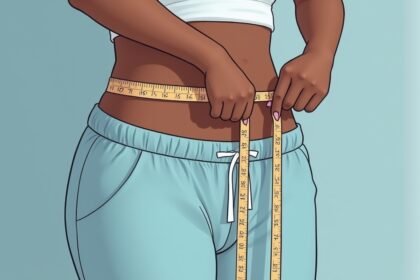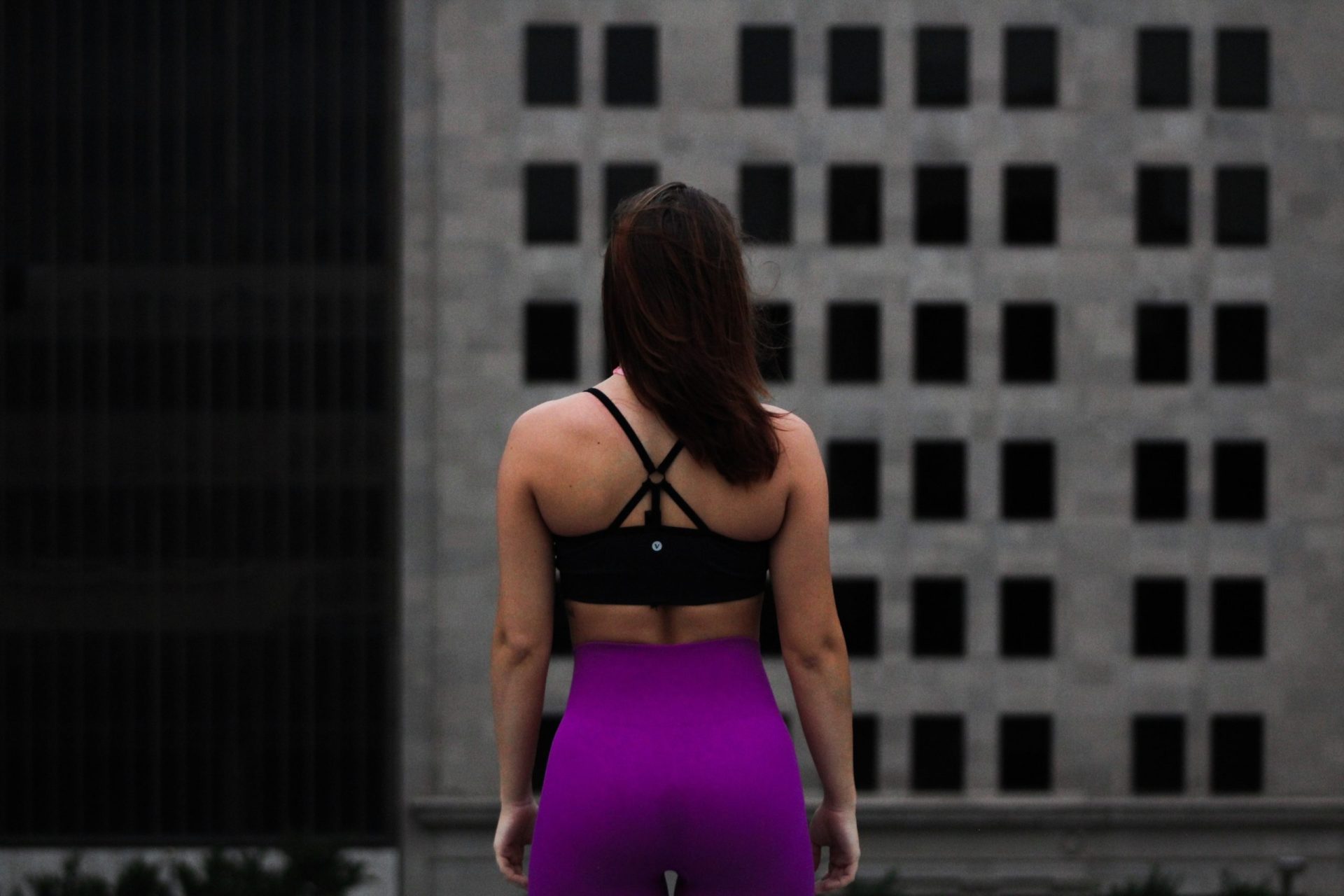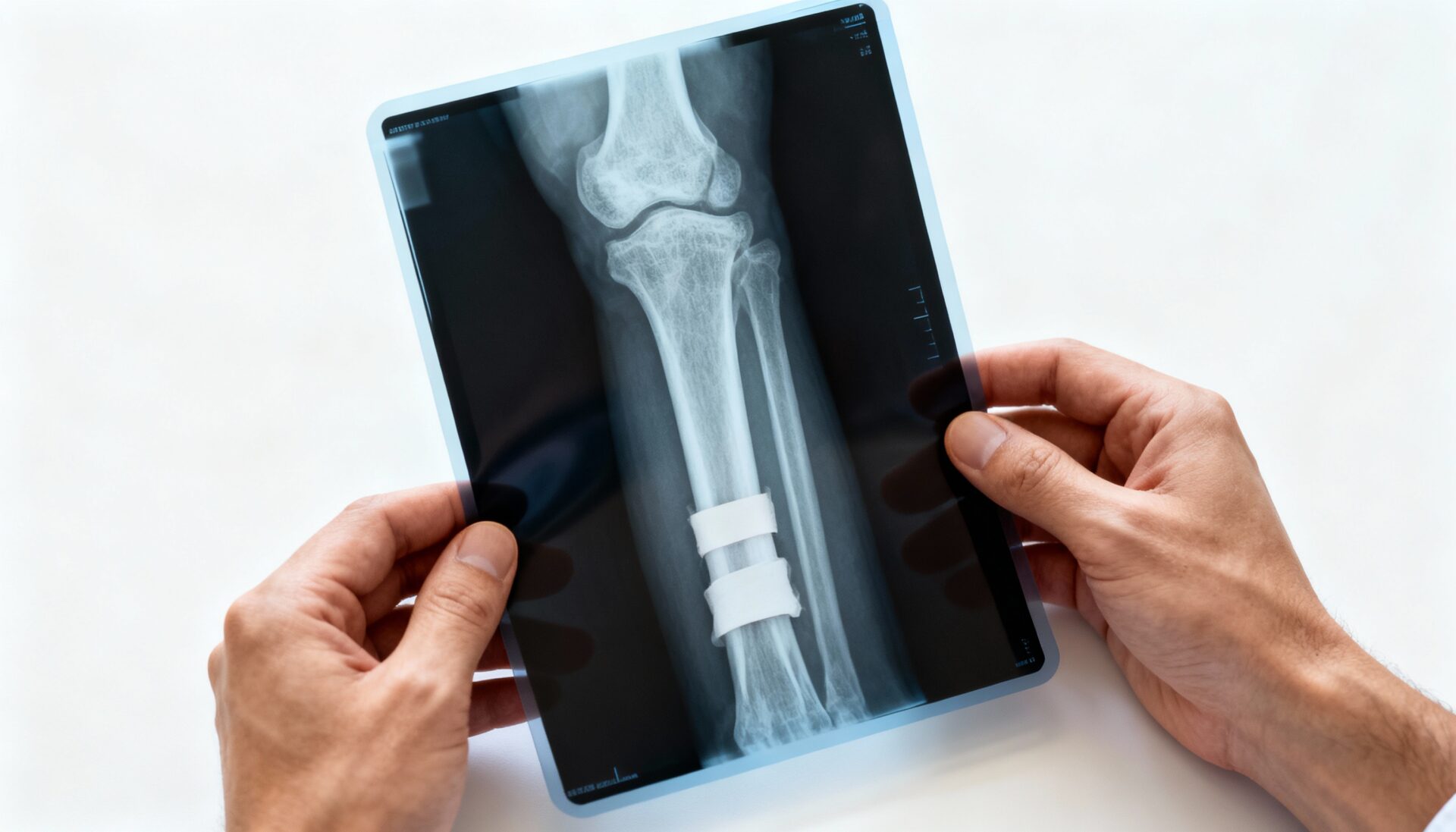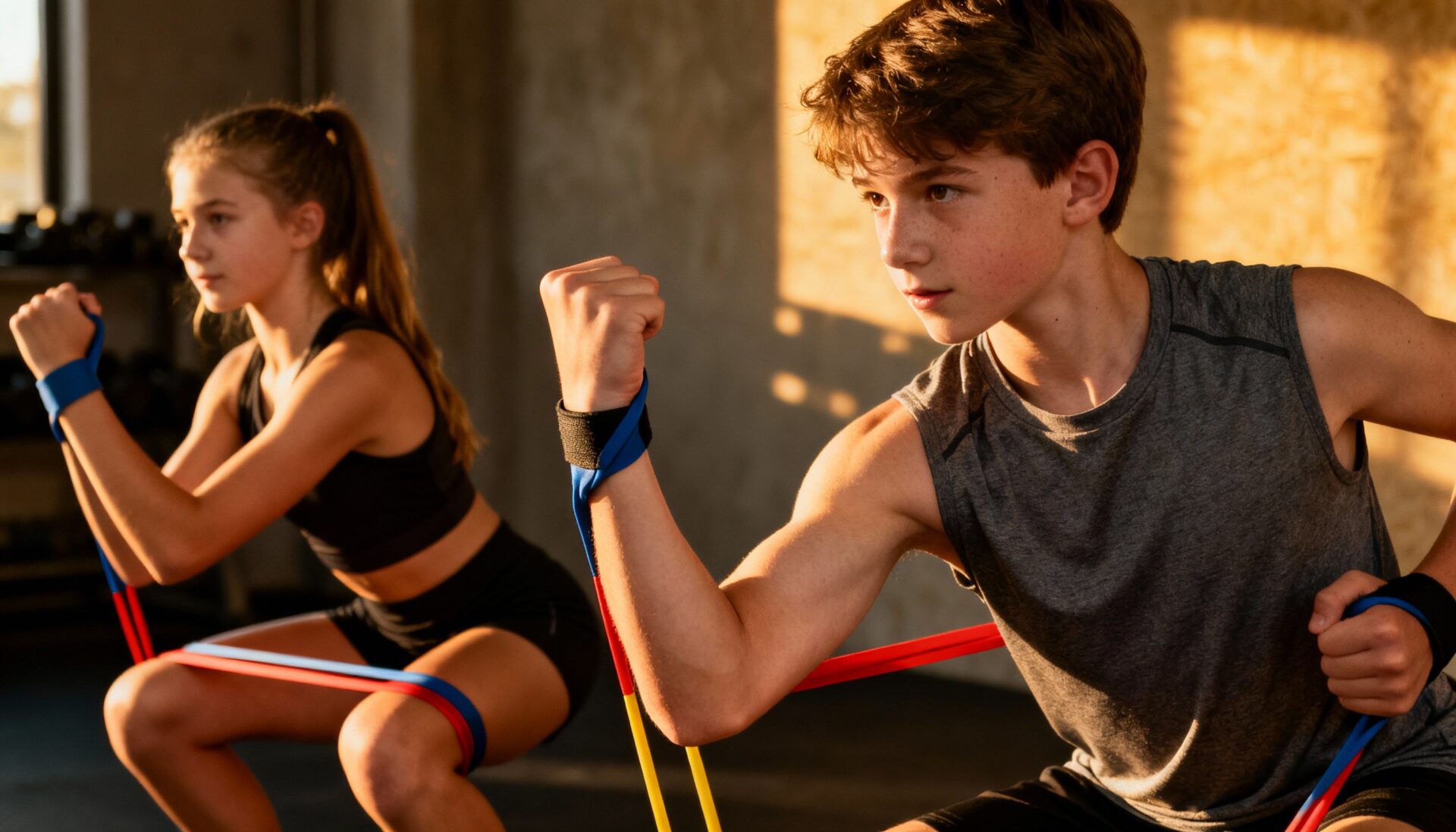Through my 20+ years of training, I have had my share of injuries. With trial, error and experience, I have learned how to adapt and overcome the harmful effects of an injury. At the same, I’ve learned to minimize the risk of future injuries.
BY JOE PALUMBO, IFBB PRO
A major cause of injury to a bodybuilder is carelessness. Trying to perform a heavy lift without using proper technique and support of a spotter is asking for trouble. Unfortunately, I have been guilty of this in the past. As a result, I received muscle tears, strains, sprains and pinched nerves which can cause pain for years. One of the most important things about training is to accurately recognize the “Good” pain from the “Bad”. Pain is one of the body’s defense mechanisms trying to warn you that injury is occurring or has occurred.
The discomfort of lactic acid build-up in the muscle is acceptable as you push reps to the limit. However; sharp, searing, hot-needle pain is a different story. This means a real injury is occurring. It’s imperative that you immediately stop what you are doing. Try to determine the severity of the injury. Immediately apply ice directly over the area of pain. This will help to reduce the swelling and inflammation. If the injury prevents you from moving your limbs in any direction, seek medical attention right away.
Tendentious, or, the inflammation of a tendon, is another form of injury that can affect bodybuilders. Tendinitis can result from exercises that place a strategic joint in a vulnerable position. The single-arm triceps-stretch exercise, when performed with heavy weights, is a potential producer of this painful condition. It is a good idea to either avoid or limit the weight of any exercise you suspect of causing joint or tendon problems.
Another way of inviting injury is to neglect the importance of keeping the “groove” and the “rhythm”. As we train, each of us develops a groove and rhythm, as the weight travels. Take the bench press, for example.
The weight is invariably lowered to the nipple-area of the chest. Year in, year out, you bench press the very same way increasing the weight as you go. One day, however, you get the idea that you should lower the weight to your upper pectoral area… Bad idea! Now you’ve done it: a muscle tear! All because you foolishly put all the stress from the pectoralis major onto the pectoralis minor. It just couldn’t cope with that kind of resistance. Always remember: Changing an angle is fine. However, you must always start out with a light weight when exercising a new angle of the muscle.
You must take great care in certain essential exercises. Good exercise technique helps guard against injury. Let’s take a few examples: The Squat. Always keep your back flat, head up, and lower slowly to the thigh-parallel-to-floor position. Never bounce out of a squat! Deadlifts should also be performed with a flat back, head up. Do not rebound or bounce the weight from the floor. When performing bent-over rows, keep your knees slightly bent and your back flat. This is a deadly-serious exercise, because the lower back is extremely susceptible to strain. I prefer to use a machine with support.
Other common mistakes that bodybuilders make are overtraining, lack of sleep and poor nutrition. When you over-train your muscles, they just become weak and even become smaller! Lack of sleep is depriving your muscle of the necessary recovery time. Without proper nutrition, your muscles will starve! If you are guilty of even one of these mistakes, you are better off just staying home! To ensure this does not happen to you: Listen to your Body! Find out where you went wrong. If you have over-trained, take some time off to recuperate. Start fresh. Get enough sleep. Never forget the part nutrition plays in maximizing your chance for a complete recovery and to avoid future injures. Nutrition should never be over looked!
The first thing I recommend before a workout, is to properly warm up the muscles. Chose exercises for the muscles you want to work. Start with a light weight and do 2 to 3 light sets of 20 – 30 repetitions, without any kind of struggle. The idea is to stretch and pump the area with blood flow to warmup the muscles. Flexibility is an important factor as well. The proper method of performing a stretch is to take your time and allow the muscle to lengthen gradually as you bend and reach. No bouncing or jerking! It is always best to do your stretching after you have warmed up. In all stretches, endeavor to hold the point of full extension for a full 15 seconds.
It is safe to say that virtually all athletes endure the constant risk of injury. The reason is, we keep pushing our bodies more and more to achieve perfection. Even a small muscle strain can keep you away from an important exercise for many months. In most cases, a torn muscle or strain, or a sprain needs rest and ice. Therefore, subsequent training should not involve the affected area until it has adequately healed. Only then, with great caution, resume regular training. Always be mindful of the mistake that caused the injury in the first place. Learn to adapt and overcome. The point I would like to make is very clear: With common sense, some guidelines, and a little advice from someone with experience; there is no reason why you should not enjoy a successful bodybuilder career with limited injuries.








